The Manaslu Circuit is a classic trek hidden in plain sight. Wedged between the Annapurnas and the Ganesh Himal, this stunning route is often overshadowed by its more famous neighbor Annapurna Circuit. It’s a journey back in time, passing through Tibetan style villages on ancient trails that were once used as a salt-trading route with Tibet. Combine this with towering glaciated peaks that reach over 8000 meters and you’ve got yourself a world class trekking experience.
The Manaslu Circuit is a restricted area and it requires multiple permits to be allowed. Hence this valley is not overrun by hordes of trekkers and has kept its cultural identity. At Bookatrekking.com we help a dozen hikers per year to hike this special, secluded route. Keen to see it for yourself? Get in touch with our Trekking Expert!



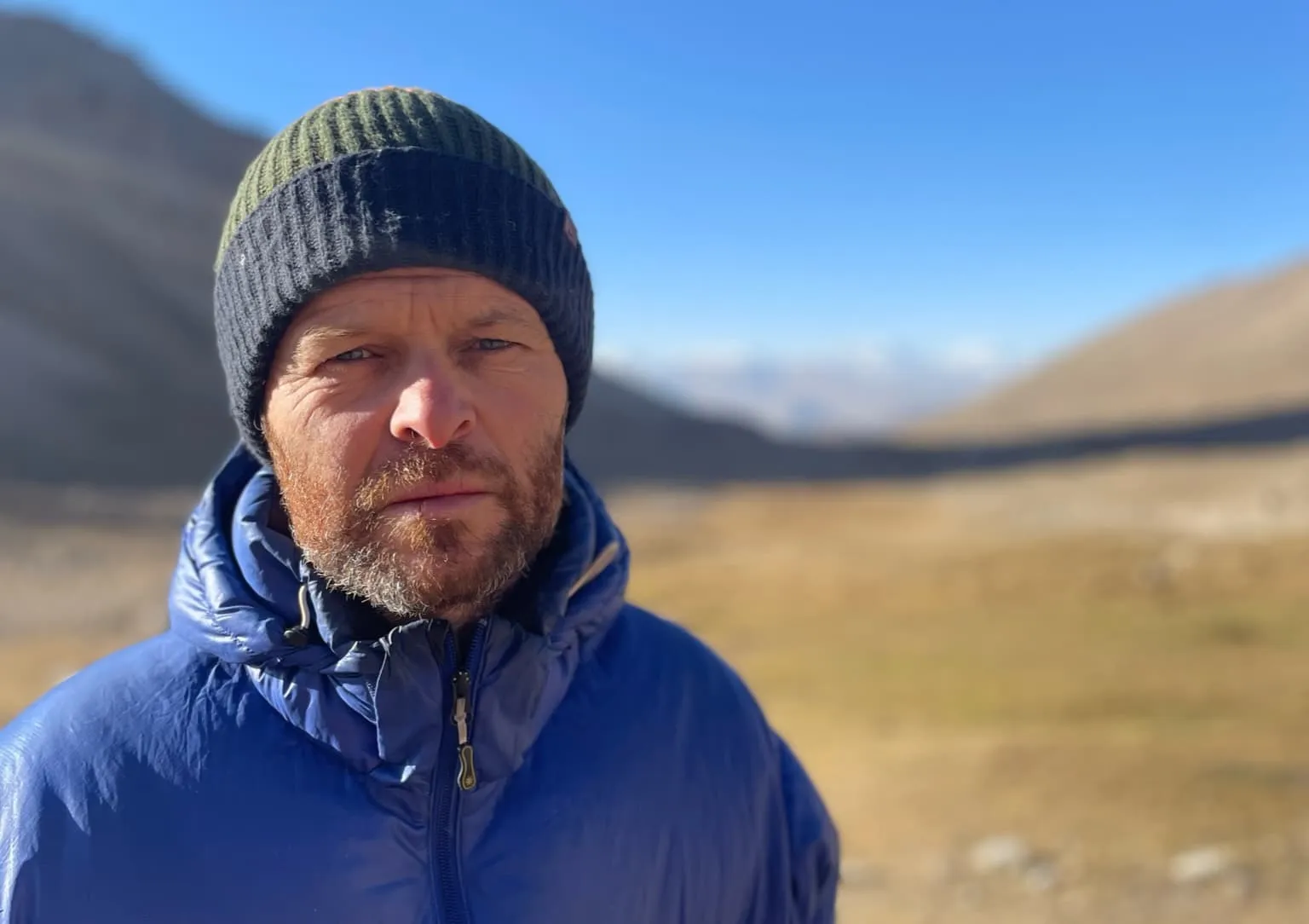
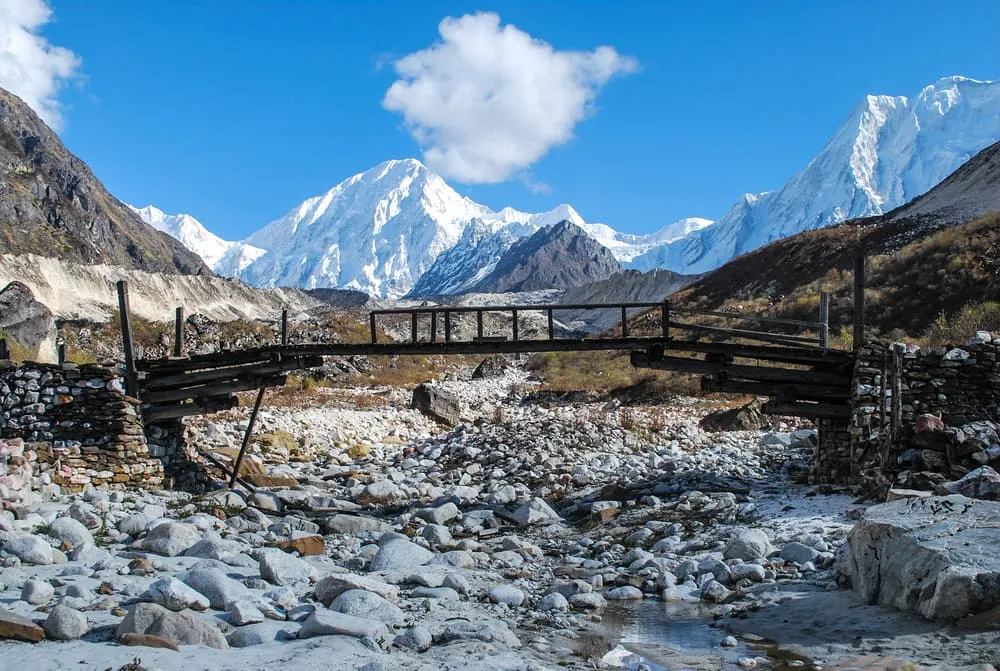
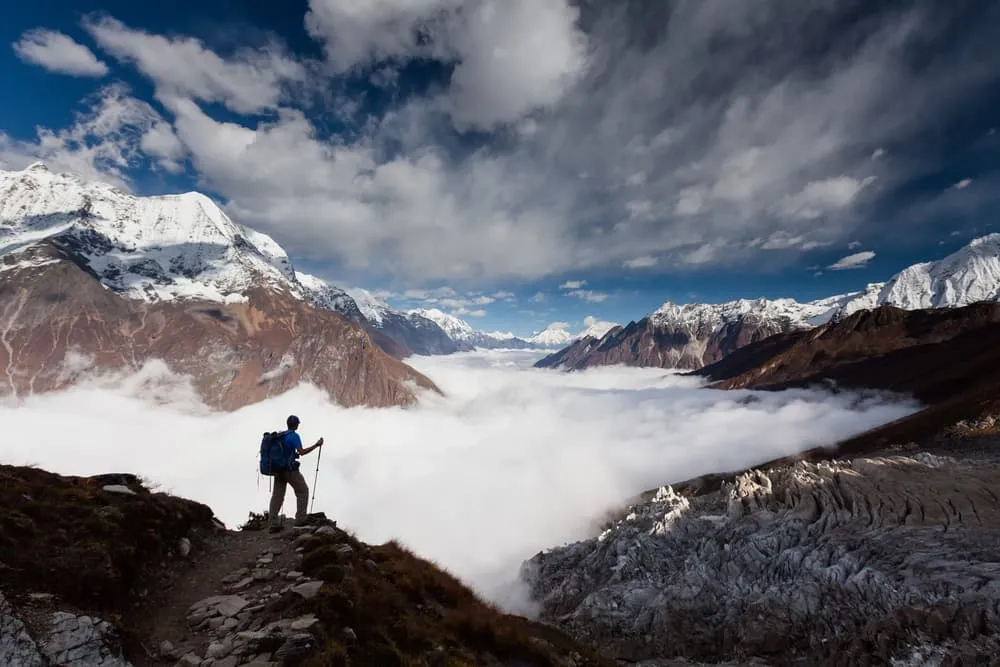
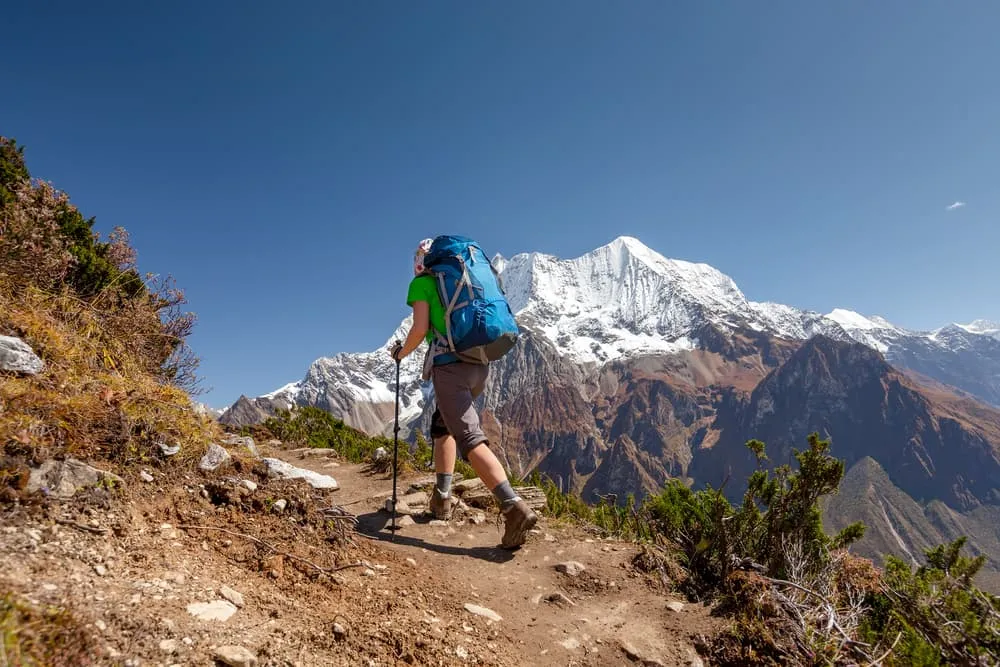
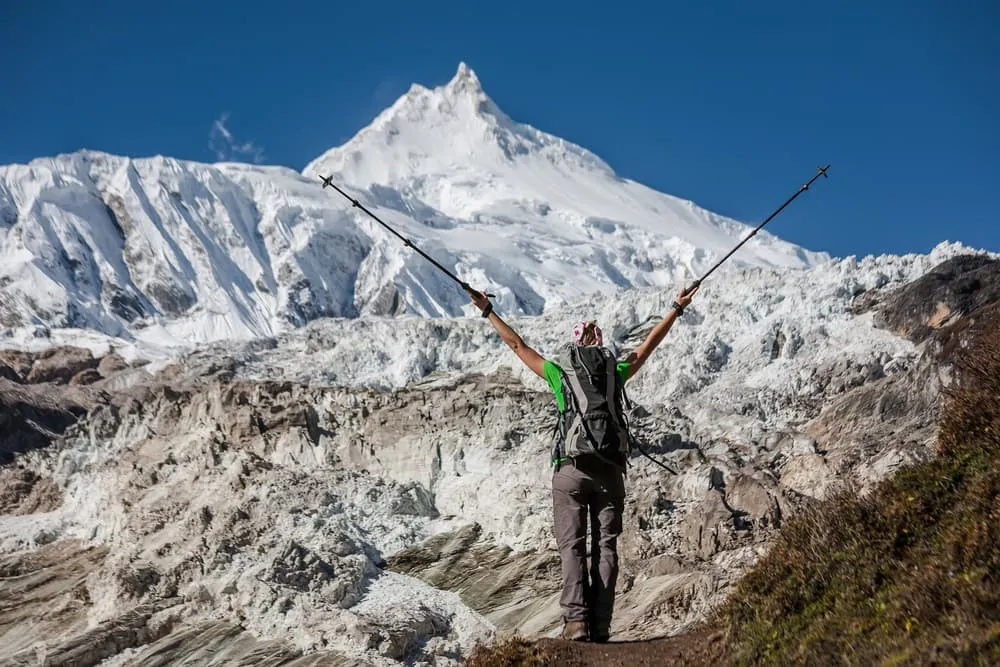
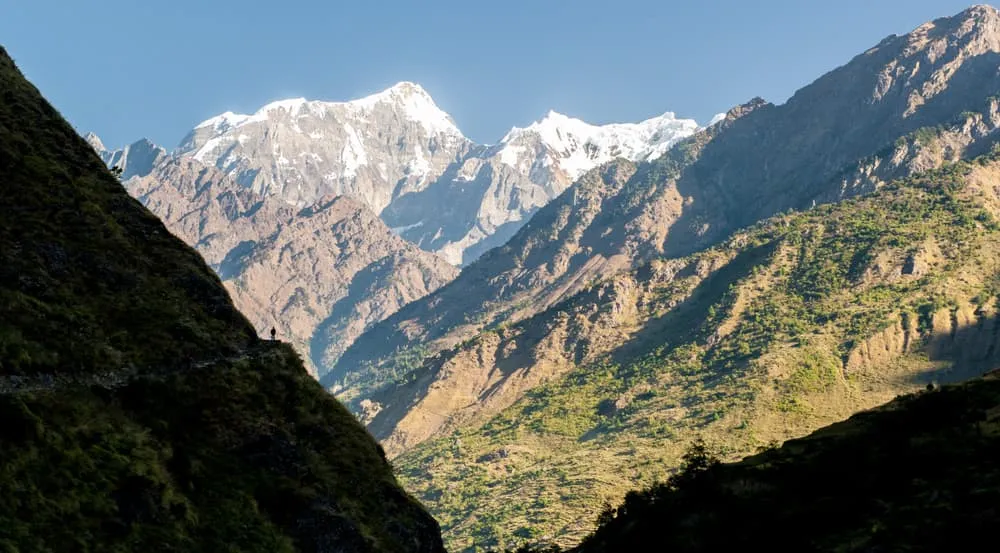
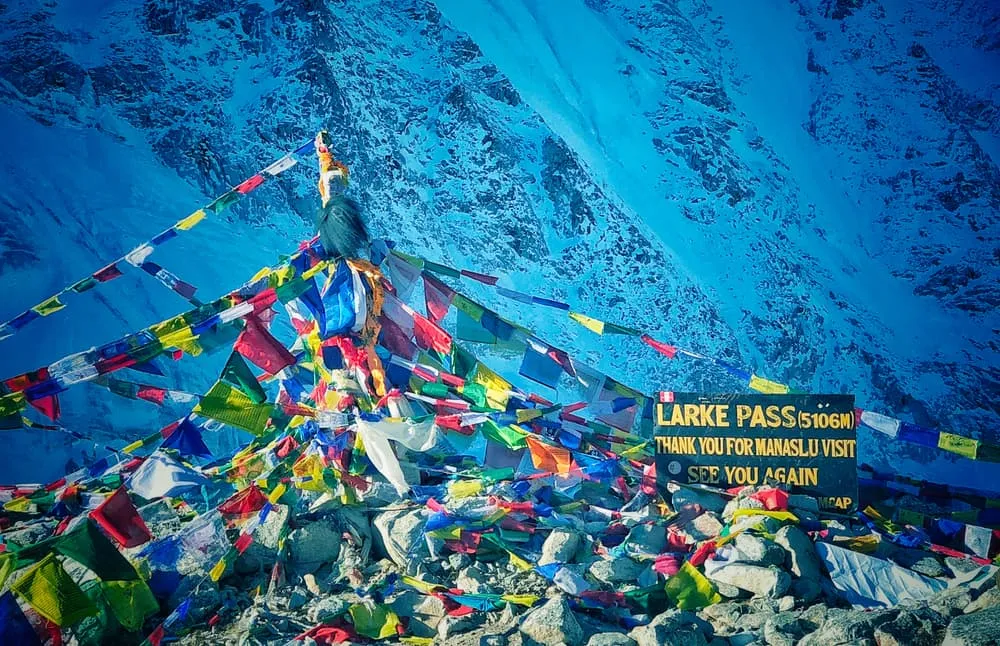
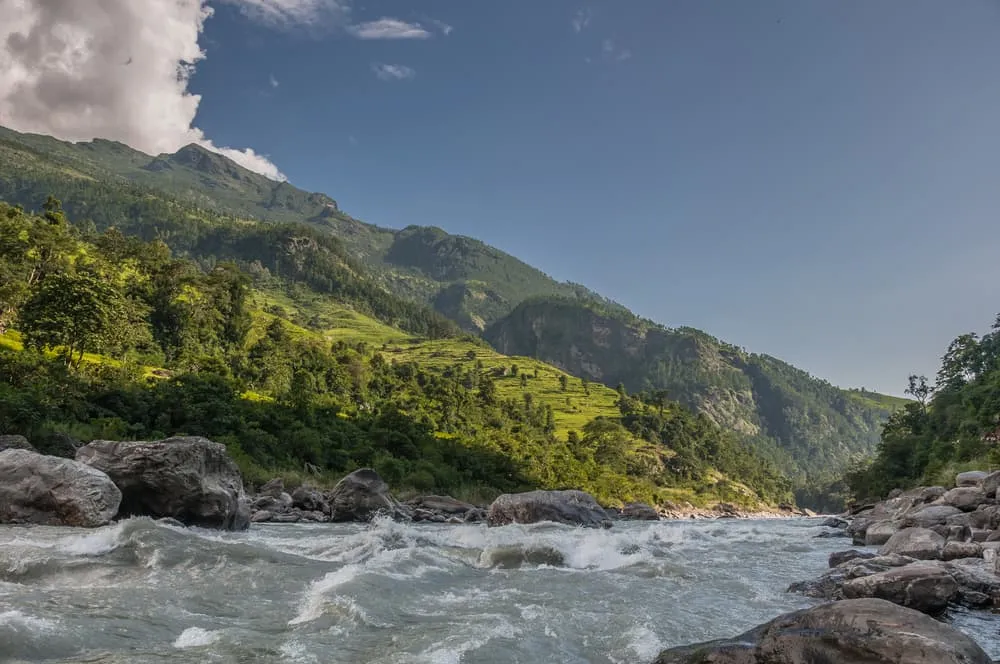
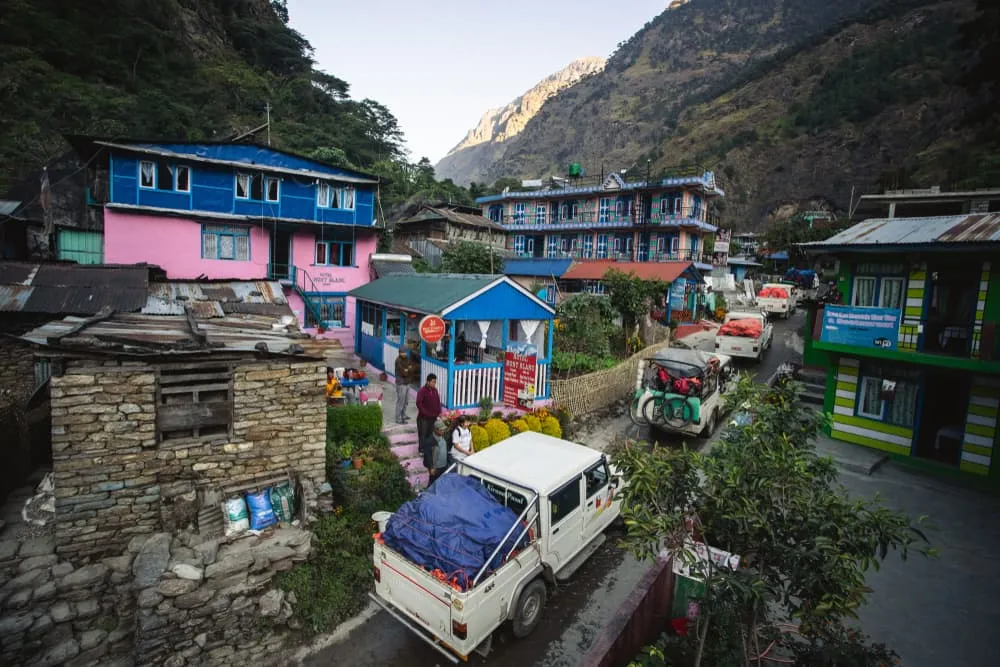
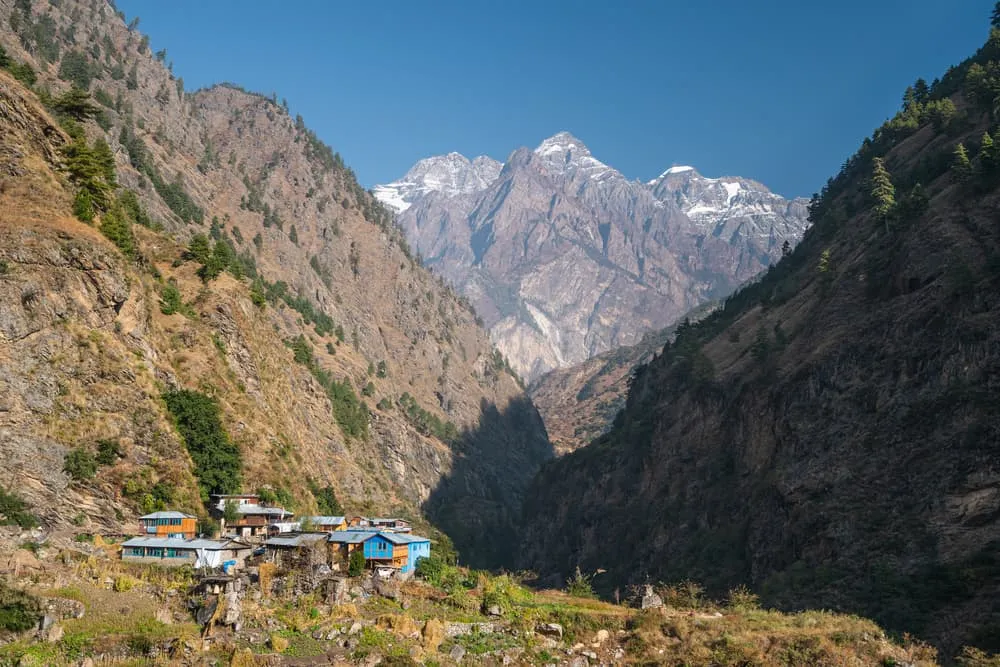
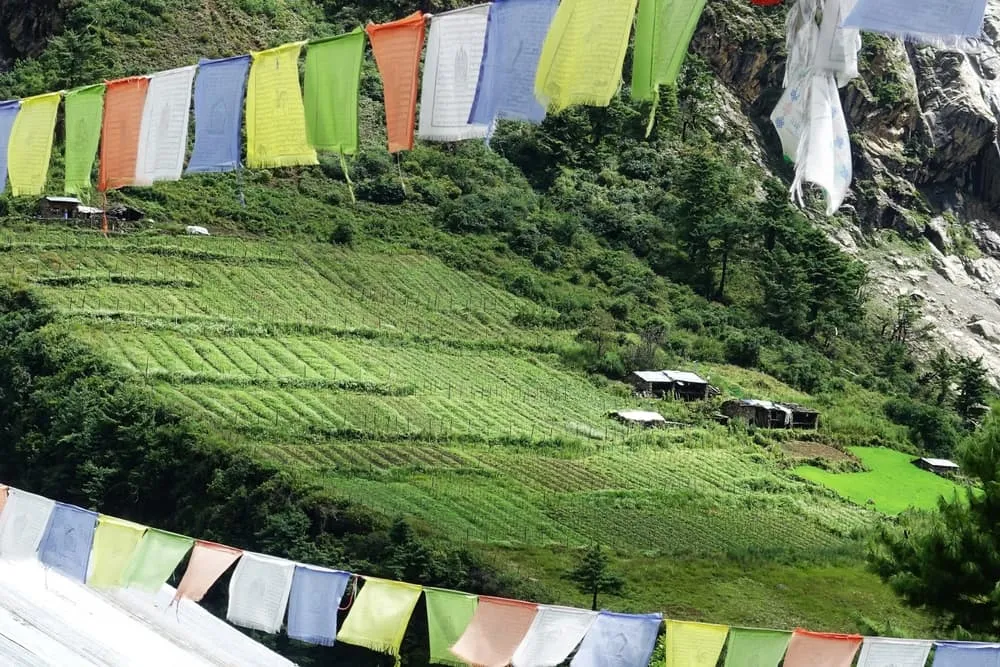
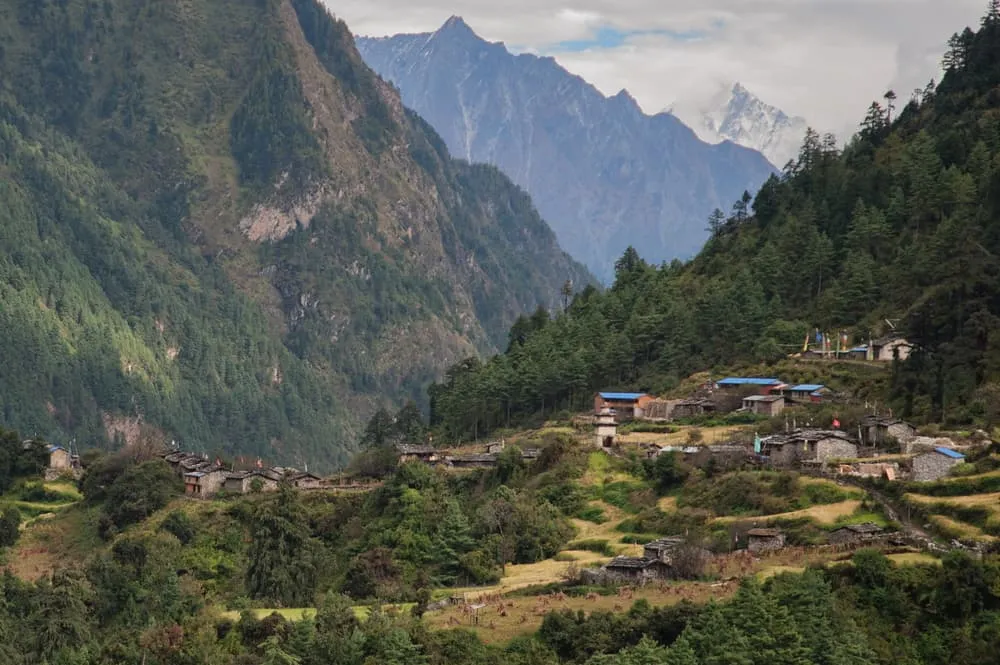
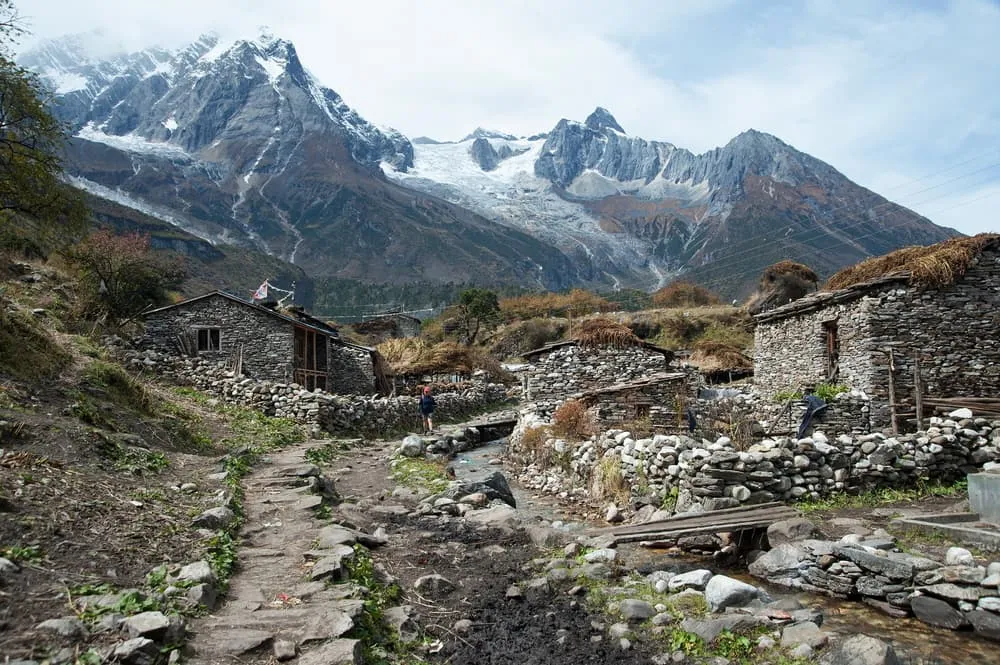
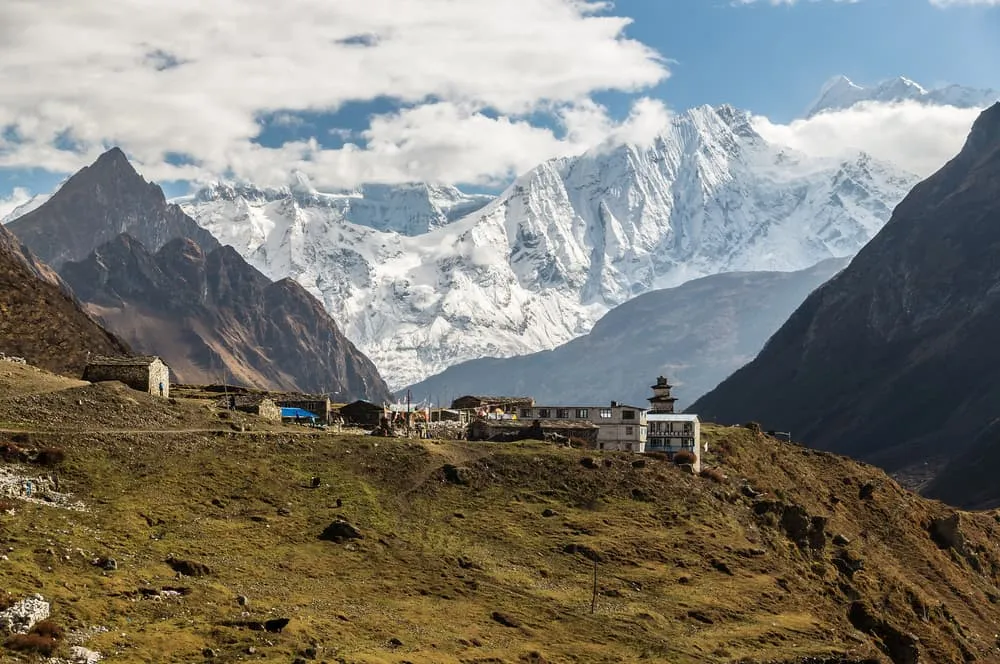
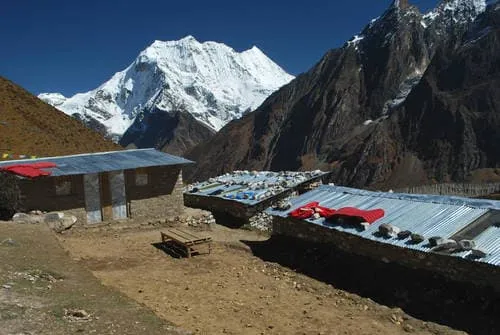
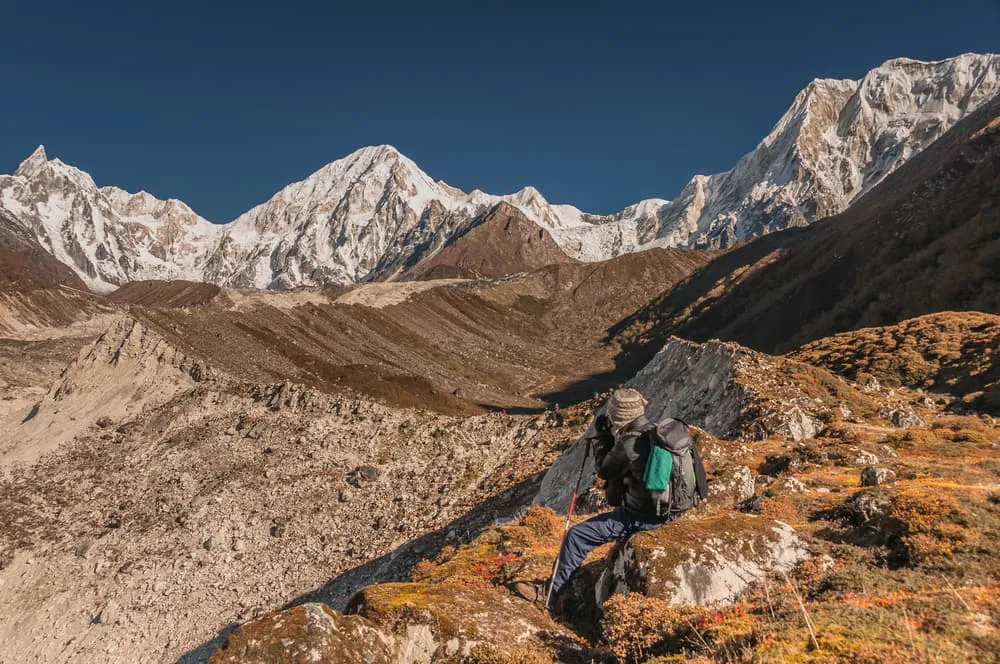
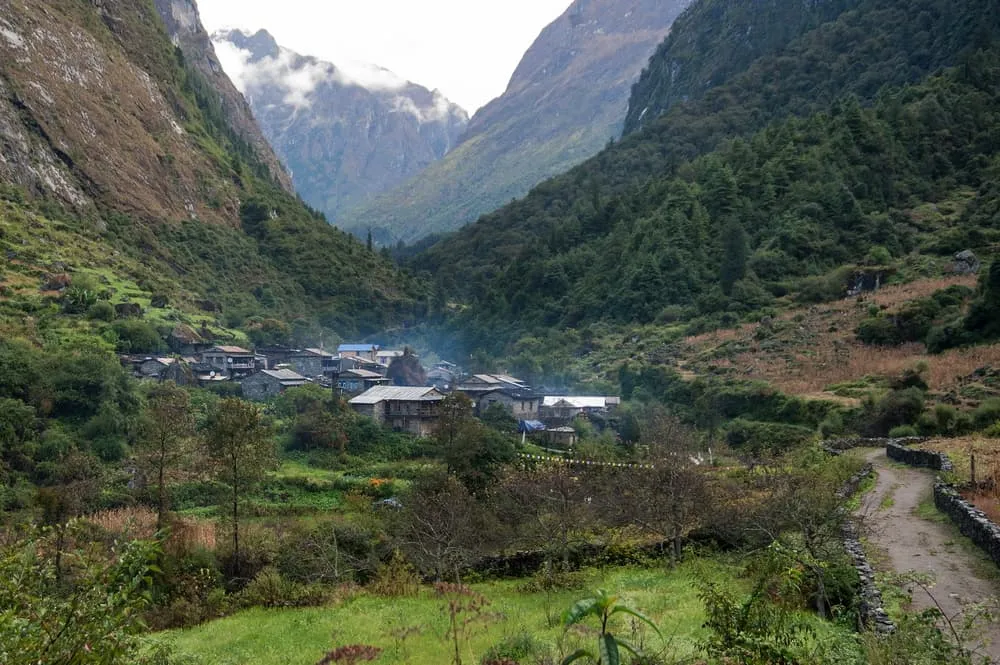
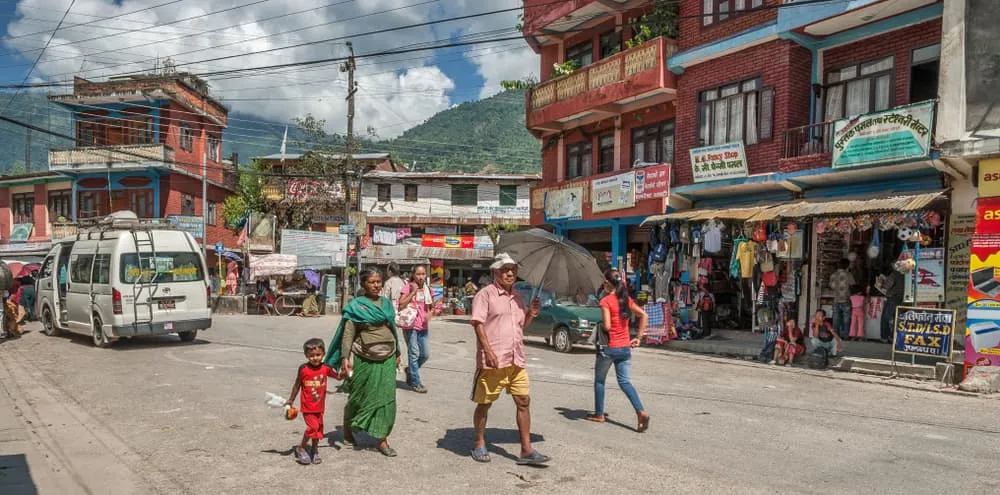
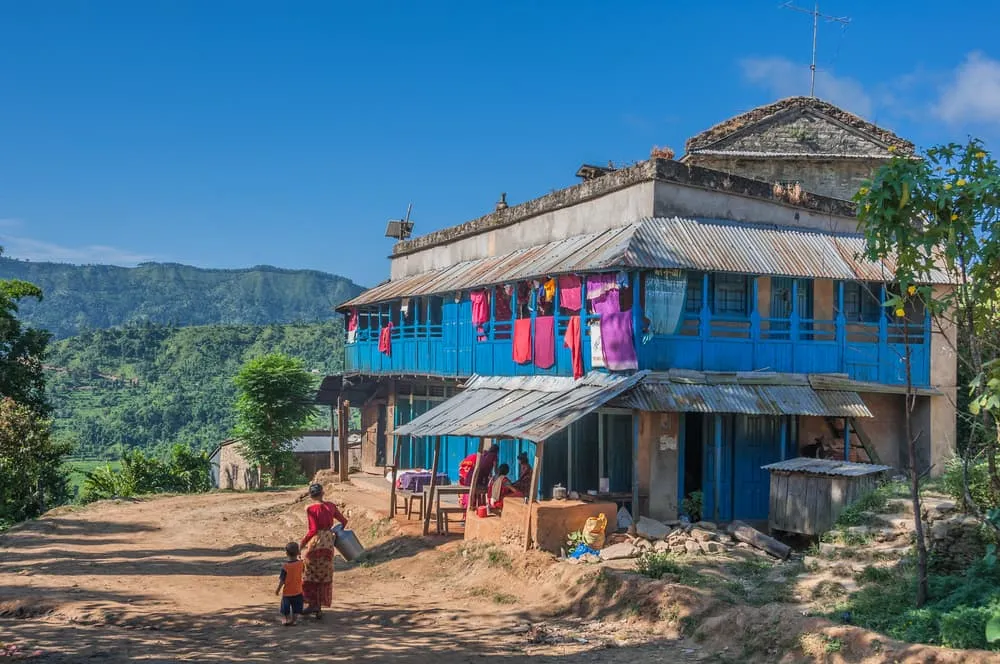
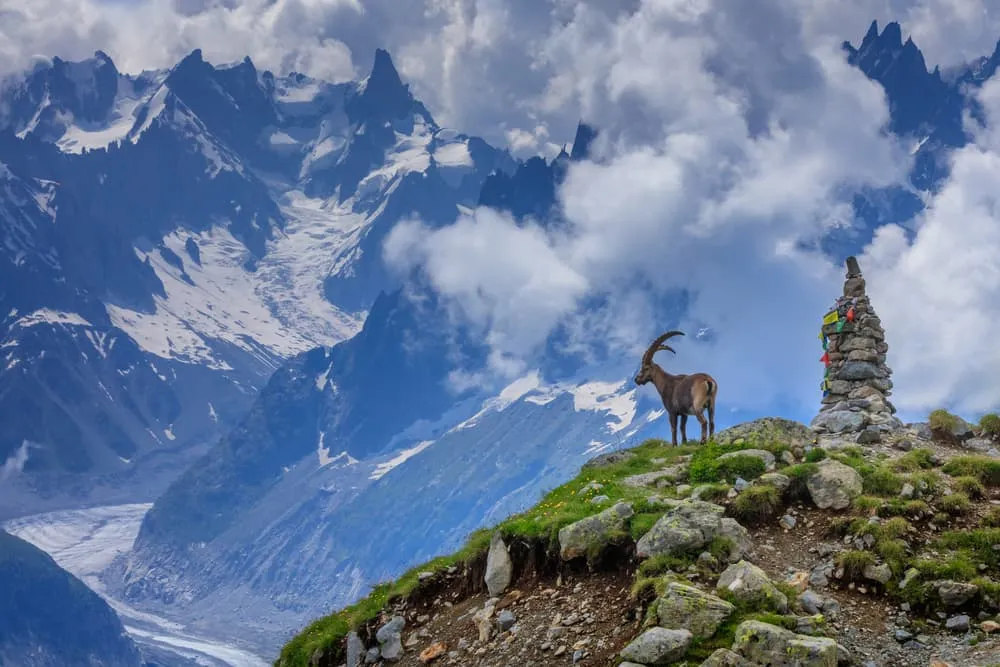
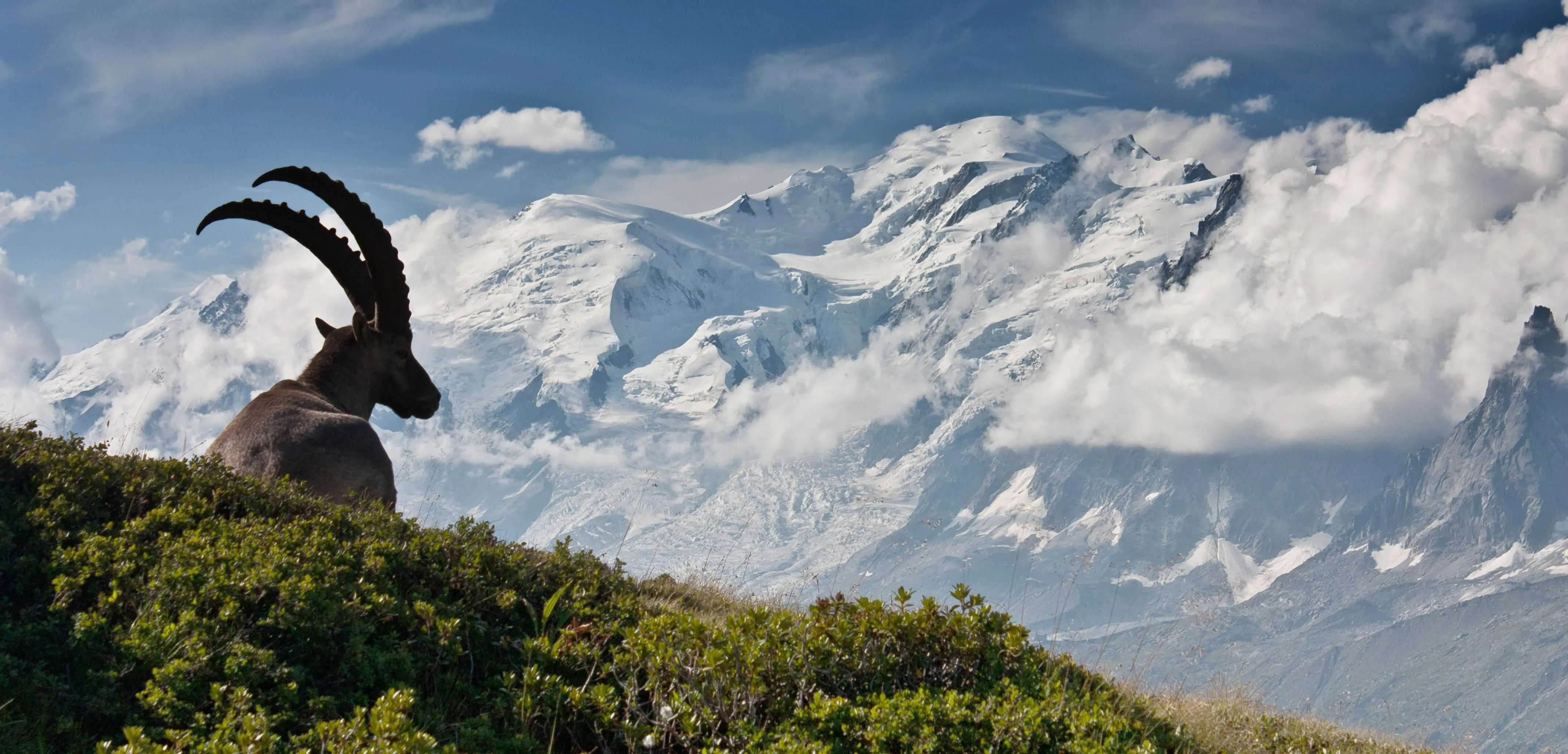
Comments